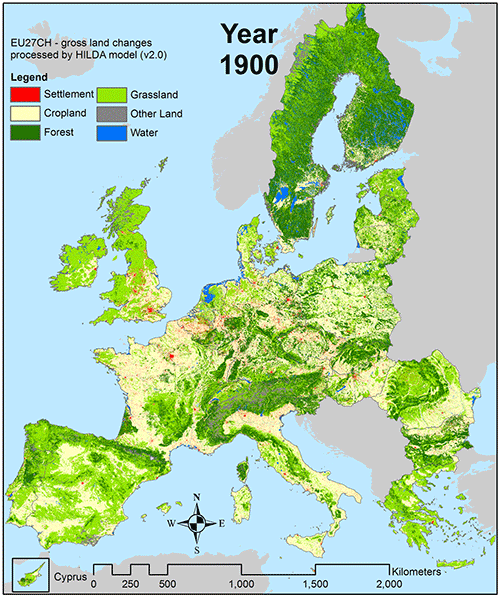
UNFCCC was adopted with an objective to “stabilise greenhouse gas concentrations in the atmosphere at a level that would prevent dangerous anthropogenic interference with the climate system”. Over the past 25 years, greenhouse gas (GHG) concentrations, far from stabilising, have reached record levels. The atmospheric concentration of carbon dioxide (CO2), the main GHG, has increased from 358 parts per million (ppm) in 1994 to 412 ppm in 2018. 400 ppm of CO2 was last witnessed on earth about 3 million years ago.
The global temperature too has steadily increased from 0.25C above the pre-industrial era in the early 1990s to an increase of 1.1C in 2018. Very soon, the temperature increase is likely to hit 1.5C, declared recently as a guardrail by the Intergovernmental Panel on Climate Change (IPCC) to avoid catastrophic impacts of climate change. All this while, the intensity and frequency of extreme weather events have significantly increased, destroying lives and livelihoods. Between 1997 and 2016, extreme weather events caused more than 500,000 deaths and economic losses of around US $3.16 trillion worldwide. And, if we don’t pay attention to the warning of the IPCC’s special report on 1.5C, the situation will be worst soon.
In order to prevent or try to balance the climate change, reforestation would be a very good option.

“Reforestation: The natural or intentional restocking of existing forests and woodlands that have been depleted, usually through deforestation. Reforestation can be used to rectify or improve the quality of human life by soaking up pollution and dust from the air, rebuild natural habitats and ecosystems, mitigate global warming since forests facilitate biosequestration of atmospheric carbon dioxide, and harvest for resources, particularly timber, but also non-timber forest products”. Wikipedia
Planting billions of trees across the world look to be the biggest and cheapest way to tackle the climate crisis, according to scientists, who have made the first calculation of how many more trees could be planted without encroaching on crop land or urban areas.
As trees grow, they absorb and store the carbon dioxide emissions that are driving global heating. New research estimates that a worldwide planting programme could remove two-thirds of all the emissions that have been pumped into the atmosphere by human activities, a figure the scientists describe as “mind-blowing”.
The analysis found there are 1.7bn hectares of treeless land on which 1.2tn native tree saplings would naturally grow. That area is about 11% of all land and equivalent to the size of the US and China combined. Tropical areas could have 100% tree cover, while others would be more sparsely covered, meaning that on average about half the area would be under tree canopy.
We are currently working to implement “citizen science” projects, to plant trees, and applying for reforestation in different part of Europe, in particular in Spain and England.
The Spanish forest, with its 18,4 million hectares, is the fourth largest forest area in Europe. Due to climate change in Europe, the forest is affected by many problems: diseases, fires, storms.
Soil erosion, in particular, is the major scourge of the Spanish land: 8 million hectares are situated in intense and very intense erosion areas, causing dramatic flooding due to ground instability, but also making it difficult to cultivate the farmland, fostering precarious living conditions and rural-urban migration.
Tree-planting in England fell well short of targets in the past year new figures show, despite government promises to restore and plant new woodland across the country to combat the climate change crisis.
Only 1,420 hectares (3,507 acres) of trees were planted in England in the year to March 2019, against the government’s target of 5,000 hectares in the period, with smaller areas in Wales and Northern Ireland, at 500 hectares and 240 hectares respectively. The total tree cover of the UK is unchanged at 10% in England, 15% in Wales, 19% in Scotland and 8% in Northern Ireland.



